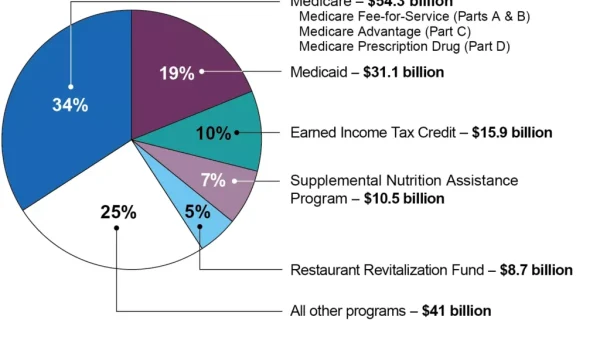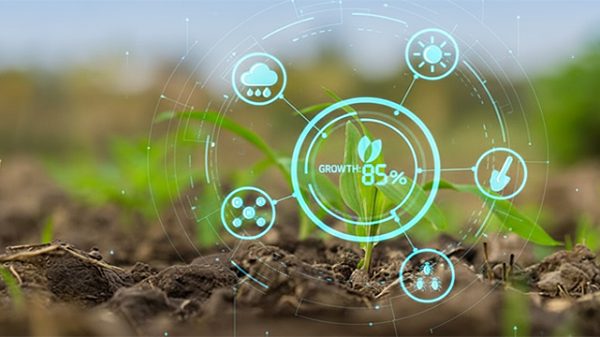When I was introduced to economics in 1977, the very first textbook that I read informed me that the free market fails in many ways, including that it generates a distribution of income that’s unequal. The 18-year-old me was initially baffled by this claim, but I soon assumed that it must have merit. After all, there it was, in black and white, in an authoritative textbook. Fortunately, my professor was wiser than the textbook author and in the next class session explained why an unequal distribution of income in no way reflects market failure. I don’t recall her exact words, but I remember as if it were spoken yesterday the substance of my professor’s retort to this textbook claim: because people differ in countless ways, there is every reason to expect that, in a well-functioning market different, people will earn different amounts of monetary income.
Thankfully, nothing more was said during the semester-long economics course about income inequality. I learned early on that it’s a non-issue – or, more accurately, that it should be a non-issue.
The fact is, for many people, income inequality is very much an issue. Complaints and warnings about it are standard fare in newspapers, magazines, Substacks, and on campaign trails. In 2013, the French data-gatherer Thomas Piketty catapulted himself into the ranks of the super rich by writing a best-selling brick-heavy book about how the wily machinations of the super rich are today raising inequalities of income and of wealth to dangerous levels.
And at least some surveys find that a majority of Americans believe, as one report put it, “that money and wealth need to be more evenly distributed.”
Different polls about people’s attitudes toward income inequality word their questions differently, but no matter how carefully a poll question about income inequality is worded, the term itself – “income inequality” – is surprisingly ambiguous.
To appreciate the ambiguity of questions about income inequality, begin by asking what is meant by “income.” Is it a worker’s annual gross pay or annual take-home pay? Does income include the value of fringe benefits, such as employer-provided health insurance? Does it include the value of government-provided benefits such as welfare payments? Does it include the value of workplace amenities that many employees readily choose instead of higher monetary pay? (For example, in a new study, Hoover Institution economist Steven Davis finds that “the shift to WFH [working from home] lowered average wage growth by two percentage points from spring 2021 to spring 2023” – implying that many workers are willing to pay some price, in the form of lower money wages, for the opportunity to work from home.)
And how to account for income earned in black- and gray-markets? By their nature, transactions in these markets are hidden from the gaze of government officials and gatherers of statistics.
Also, what’s the appropriate unit whose income should be measured? Is it each worker or each household? And what, exactly, is a household? Is a college student who lives four months of the year with her parents and eight months in an off-campus apartment part of her parents’ household? Or is she her own household?
None of these questions has an obviously correct answer. But measured income statistics will differ greatly depending upon the particular ways that statisticians answer them, as well as on how polled individuals understand them.
For example, if college students who live in off-campus apartments for eight months of the year are counted as separate households – instead of as part of their parents’ households – the measure of average household income will be lower than it would be if these students are counted as part of their parents’ households. The reason is that most students earn less than their parents.
Suppose that ten college students from ten different families each lives in an off-campus apartment for eight months of the year and with his or her parents for the other four months. During the year, each student earns $20,000 by working at a part-time job, while each of their sets of parents earns $80,000 at their jobs. If each of these students is counted as a separate household, the average household income of these ten families (living in 20 different households) is $50,000. But if these students are counted as part of their parents’ households, then average household income is $100,000. That’s quite a difference.
More importantly, at least for those concerned with income distribution, if the students are counted as part of their parents’ households, then among the ten families in this example there is complete equality of household annual income ($100,000 per household). But if the students are counted as separate households, significant economic inequality of households suddenly appears, with the top half of these 20 households earning an average income ($80,000) that is a whopping four times larger than the average income ($20,000) earned by the bottom half of households.
Another question: If each of these students received from their respective colleges a $10,000 annual scholarship paid to them in the form of reduced tuition, does this $10,000 count as income?
As this example shows, reported measures of income inequality and of income can change greatly merely by changing the particular ways that statisticians define “household” and “income.” Define “household” one way, and income inequality is small; define “household” another way, and income inequality is large. Ditto for different definitions of “income.”
Bear these definitional challenges in mind whenever you encounter discussions of “the” distribution of income or wealth.
Also bear in mind that people are economically mobile. Many of today’s low-income workers will be tomorrow’s middle-income workers; and many of these workers will be among the country’s highest-income earners sometime in the future.
My own case isn’t unusual. When I was in graduate school in the 1980s, I lived for all 12 months of each year completely independently of my parents and, thus, was counted as my own household. My annual income was paltry. I survived by taking out student loans. Mine was definitely among America’s lowest-income households – likely literally below the official poverty line. Forty years later, my household income is now well into the top ten percent.
One lesson is that people who today are “poor” according to economic statistics are not necessarily poor in any meaningful sense.
I wasn’t really poor 40 years ago, even though a snapshot taken of my income and financial position then made it seem as if I were. But I never felt poor nor doubted what proved to be true: If you get a good education and work hard, your lifetime economic prospects in America are bright. And surely our prospects over the course of years and decades are more important than is the particular economic position we happen to be in at any one moment.
In fact, the greater is the dispersion of after-tax incomes, the greater is the gain awaiting those who are poor today but who will move, as they acquire experience and skills, into higher-income categories. In this way, today’s income “inequality” serves the best interest of today’s lower-income workers as it, by inciting workers to improve their skills, promotes economic growth generally.
























